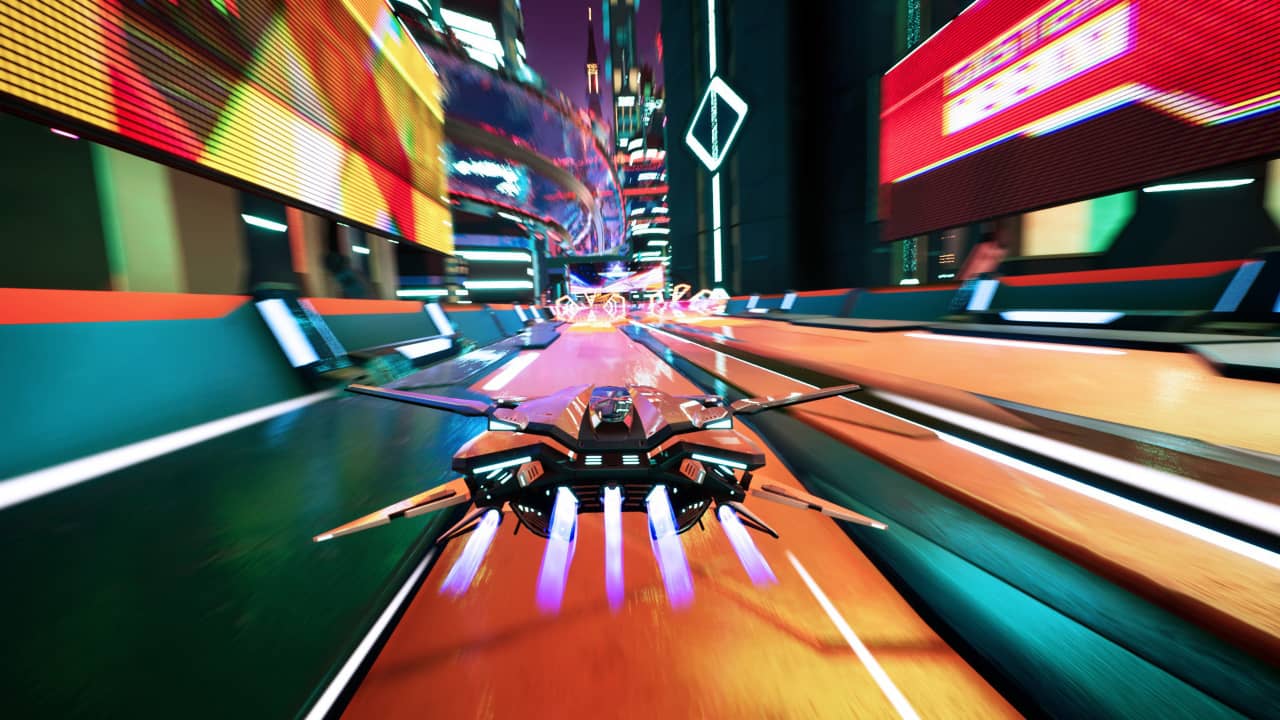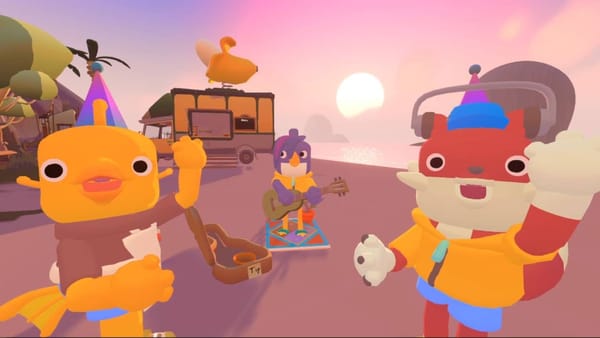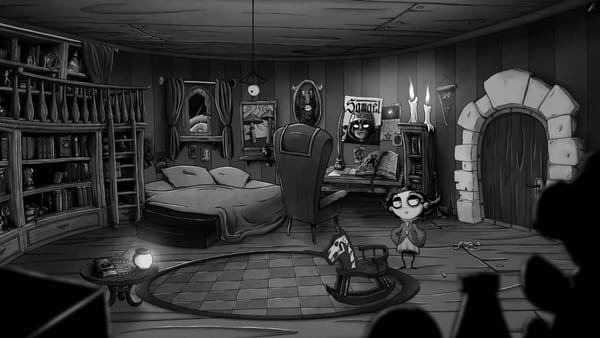Redout 2 is one of the best anti-gravity racers available on the market. Said from the perspective of an anti-anti-gravity racing fan. They’re too fast and are more comparable to a first-person/third-person pinball game, ricocheting into barriers, than being in the same genre as, say… Forza.
The handling is a standout, as my frustration with the genre was the inevitable crashes and frequency. Pacer was probably the best experience before this, but 34BigThing’s game does need to come with a few warnings, notably the reliance on boost and the difficulty levels.
Redout 2 is a twin-stick racer, and you’d meet the impossible entry requirements if you have additional digits as there’s a lot of multi-tasking for a racing game. Using a gamepad (8BitDo SF30 Pro) wasn’t comfortable, but using the left stick to move and the right stick to strafe, and pitch were very accurate. As a non-combat racer, the goal is to win the race, hit a certain speed, or complete a lap in the fastest possible time.

But the learning curve is tough early on. I was beating myself up about the tutorials – yes, tutorials – until I read some of the comments on Steam. Redout 2’s campaign is incredibly linear, and you can’t progress until you’ve completed specific challenges. One of the main mechanics is the unforgiving boost system. In one tutorial session, you must earn at least a bronze before participating in the easiest of leagues(!). Good game design is intuitive, but in Redout 2, a better explanation was required without having to stare out gauges every five seconds.
One of the speed trials demands that you keep above a certain speed throughout. The higher the speed, the greater the modifier and likelihood of qualifying. This wasn’t explained adequately, and after a stupid number of attempts (probably 20 – maybe more), I finally got it: you have to keep your finger on the boost for most of the game. Yes, it’s stupidly fast, but as mentioned, it handles beautifully, in my opinion. However, holding down the boost causes the engine to overheat, which causes your energy to deplete. Once that’s gone, your ship blows up and prevents you from qualifying as you ideally need to have flawless runs.
You’re continually looking at the boost bar instead of the action on screen, waiting for the engine to cool down and your energy to restore after a slight delay. In the races, it’s fine (excluding the rubberbanding), but the speed trials are arduous. Especially when you’re stretching your fingers and thumbs to control your direction, pitch, strafing, boost and hyperboost, it can be overwhelming.

Redout 2 is comparable to a rogue-like. You’ll settle for third place, perhaps unlock a new part, then go back a race or two and aim for first place. This is likely to happen a lot (unless you drop the difficulty), and a resident grinder (steady), I love this. The marginal gains make it worthwhile, and the subtle nuances to engine upgrades or even the vast level of cosmetic customisation make this game bursting with extras. Add to this the number of available tracks, which are doubled through reverse versions, and we have a very, very big game.
So where’s the ‘but’? Using that rogue-like comparison, the beginning is always a slog. I could see this game putting off a ton of players with its uncompromising attitude towards the tutorials and its boosting system. Rebinding the buttons is key to success, or maybe using a decent controller will be beneficial too. The 8BitDo is my go-to for PC gaming, but switching the controls like an octopus on speed was strenuous, so customising the buttons is essential, as is finding the right difficulty level for you.
Bear in mind that I haven’t played the first Redout, so looking at this as a standalone, I think it’s ace, considering the learning curve and linear aspects of unlocking all the gear. Based on the comments thus far, Redout 2 might not be for anti-gravity purists or fans of the original (it was different to Redout Assault!), but more so for newcomers or general adrenaline junkies looking for a challenge.










